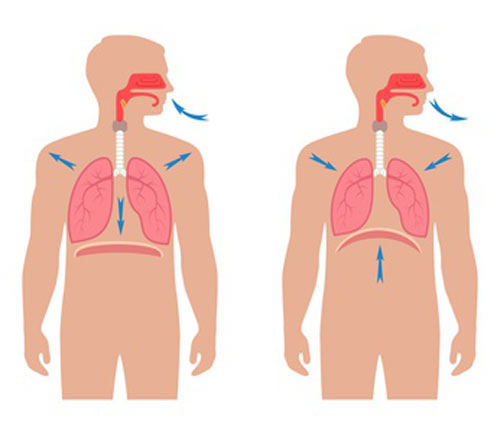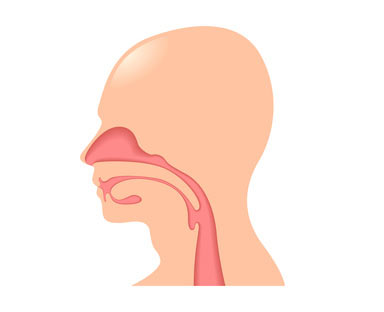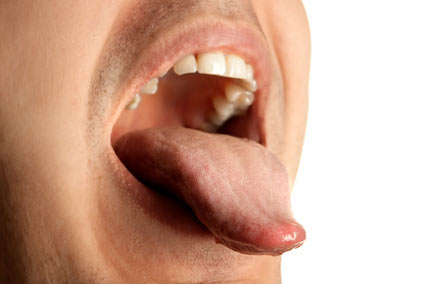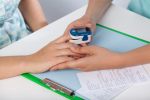Sleep Apnea Exercises
5 Types of Exercises to Improve Sleep Apnea

In this article you'll learn to practice simple and inexpensive sleep apnea exercises that have profound impact on your health.
CPAP is effective in treating sleep apnea by keeping your airways open during the night. However, there are cheaper ways to treat sleep apnea, without using a cumbersome CPAP.
Recent studies show that it's possible to improve sleep apnea by using special exercises combined with a healthy lifestyle.
The main problem that needs to be resolved relates to how the muscles relax during sleep. All the muscles from our body get less tone as we fall asleep.
The muscles from our throat - which are designed to keep the throat open - will have similar behavior with the rest of the body: they will relax, tightening or closing your airways.
If you can increase the muscle tone from your throat, your airways will remain open during sleep and you'll breathe without any effort.
Who Gets Results With Sleep Apnea Exercises?
Working out your throat muscles is the same as working out any other muscle in your body. You need to do it regularly in order to see any results. It won’t happen overnight but gradually over several months you will start to notice that you don’t snore as much as you once did.
These exercises cannot work for everyone. The action of the exercises is to tone lax muscles in the upper throat. They can only help when lax muscles are a significant cause of your sleep apnea.
You can increase the muscle tone using different methods, such as:
- Throat exercises for sleep apnea,
- Yoga Breathing techniques,
- Tongue exercises for sleep apnea,
- Playing didgeridoo musical instrument,
- Practicing singing exercises.
Let's discuss each method:
1. Throat or Oropharyngeal Exercises
Fortunately, there are plenty of sleep apnea exercises that will increase the muscle tone of your throat.
Some examples of these exercises are demonstrated by sleep lab medical director Michael Nelson:
Here is another relevant example of sleep apnea exercise for throat muscles: close your mouth and act like you are chewing gum. Chew like this for a minute or so at a time.
- To do the exercise correctly, make sure your molars on both sides move apart a little, and then touch lightly again.
- Also notice that your lips are supposed to be closed the whole time.
- This exercise is pretty easy on your jaw because you are not actually chewing anything, but you might still feel a little bit sore in the beginning. Just take it easy-maybe chew for only a few seconds in the beginning and then increase the time you exercise.
- You can make an "mmm" sound as you
chew. This will open the throat better. Making an "mmm" sound is not
necessary, it will just give the exercise extra boost.
2. Yoga Exercises for Sleep Apnea
Yoga is appropriate for all ages and can greatly reduce stress and improve the quality of sleep. Yoga has specific breathing and relaxation techniques that can relieve your sleep apnea and snoring problem.
The special type of yoga that promotes sleep is called Yoga Nidra, which in Sanskrit means Sleep.
Another powerful breathing technique is Pranayama, where you are increasing your lung capacity and basically you will increase the oxygen capacity in your body. As oxygen increases, the metabolic rate increases, digestion, elimination and all the rest of the body functions and tissues will benefit.
Yoga also uses breathing and visualization techniques to help you relax, and it is recommended you do the exercises every night before sleep.
In this video you will see an example of yoga exercise for sleep apnea:
For more info on yoga exercises, see Yoga for Sleep Apnea.
3. Tongue Exercise for Sleep Apnea
When you snore it’s often the tongue that collapses and falls back down the throat. Try sticking your tongue out and holding it there for several seconds.
Do this repeatedly and aim to stick your tongue out as far as you possibly can.
For more info on exercises, see Tongue Exercises for Sleep Apnea.
4. Exercise Your Throat by Playing Didgeridoo
Regular didgeridoo playing is an effective treatment alternative well accepted by patients with mild to moderate obstructive sleep apnoea syndrome. This might be due to training of the muscles of the upper airways, which control airway dilation and wall stiffening.
Regular playing of a didgeridoo reduces daytime sleepiness and snoring in people with moderate obstructive sleep apnoea syndrome and also improves the sleep quality of partners.
The severity of sleep apnea, expressed by the apnoea-hypopnoea index, is also substantially reduced after four months of didgeridoo playing.
This video explains why didgeridoo can help sleep apnea:
For more on didgeridoo, see Didgeridoo for Sleep Apnea.
5. Singing Exercises for Sleep Apnea
Use different sounds and tunes to focus movement in the throat, especially the soft palate, palatopharyngeal arch, tongue and nasopharynx.
Yawning also uses similar muscles. Try yawning repeatedly for a few minutes to really stretch the muscles. You can do this one anywhere as it’s a silent exercise.
A good example of singing exercise useful for sleep apnea patients:
Home › Alternative Cures › Sleep Apnea Exercises










